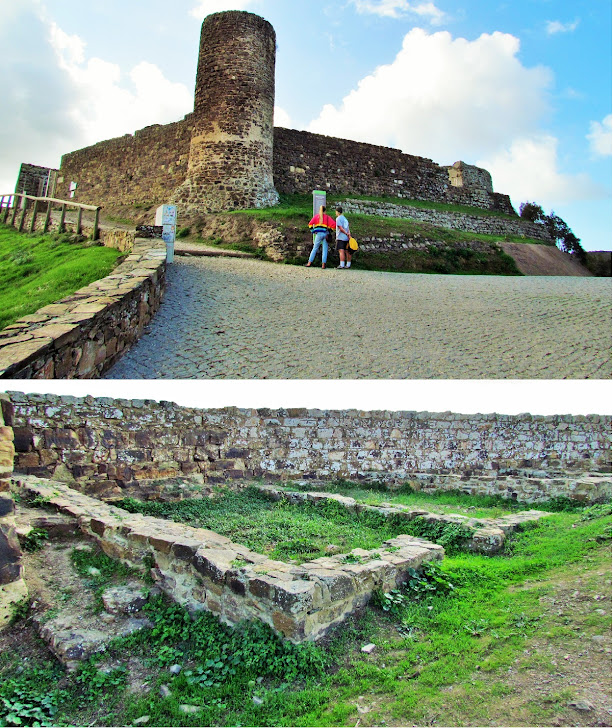ALJEZUR
N37.31731; W 8.80296
Aljezur is located along the western coast of the Algarve, within the Southwest Alentejo and St. Vincent Coast Nature Park: this region mixes landscapes clifftop landscapes and seafronts. From the north to south, from Odeceixe to Carrapateira, the municipality is a mixture of many views, marked by archaeological vestiges of elevated interest, museums, windmills, cultural landscapes, histo-cultural circuits, and recreational trails, and BTT bike trails. The coast is carved by nature, with a coast of 40 kilometers (25 mi) marked by beaches from Odeceixe, until Amado, known for its surfing conditions.
37° 22' 09" N; 8° 48' 05" W
Rogil is a Portuguese parish in the municipality of Aljezur, with an area of 34.96 km² and 1165 inhabitants (2021). Its population density is 33.3 inhabitants/km², which allows it to be classified as a Low Density Area.
Beaches
Rogil has two beaches:
Vale dos Homem Beach
Carreagem Beach
The coastline of the parish is part of the Natural Park of Sudoeste Alentejano e Costa Vicentina.
Patrimony
Moinho da Arregata Museum Center
The village of Rogil lies on a plateau at about 95 metres above sea level.
Adjacent parishes
The parish is bordered by:
north - Odeceixe
east - Marmelete
south - Aljezur
west - Atlantic Ocean.
Moinho da Arregata Museum Center
37° 21' 26" N; 8° 47' 51" W
The Moinho da Arregata was a museum space in the village of Rogil, in the Municipality of Aljezur, in the Algarve region, in Portugal.
Description and history
This monument is located near the village of Rogil. Its purpose is to demonstrate the various traditional mechanisms and utensils used in grinding cereals.
The mill, with a circular plan, has whitewashed walls, with a blue base, and a mortar-shaped roof, with dark tiles. In addition to the mill itself, the complex also includes the miller's house, with a room used as a stable, and an old oven, circular in plan. Various construction methods typical of the region were used in the buildings, highlighting the oval-shaped oven vents, in which two fragments of straw tiles were used.
The mill was probably built in the 19th century. In 1997, it underwent restoration work by the Aljezur City Council, in order to allow it to be opened to the public, having been restored in accordance with the region's traditional style. In 2012, conservation work was carried out, which included painting and repairing the interior of the roof, and in March 2013, the building was damaged by heavy rain, leading to its partial collapse.
💓💓💓💓💓
SEARCH IN ALPHABETICAL ORDER
IN THE DISTRICT OF FARO
💓💓💓💓💓
Return to mainland Portugal &
the Azores and Madeira islands


























































